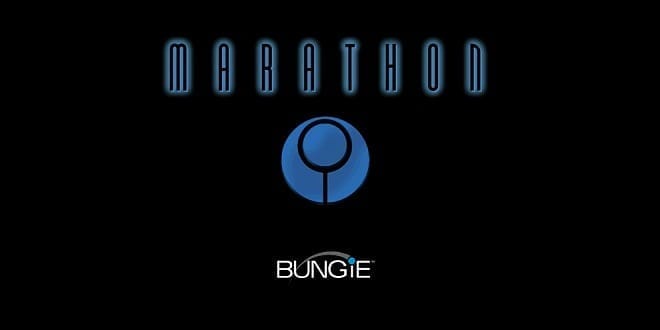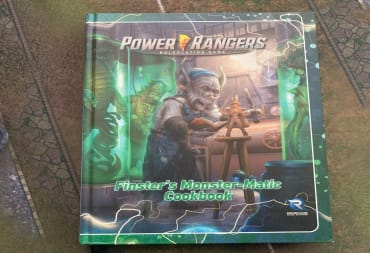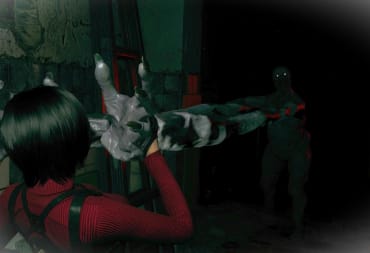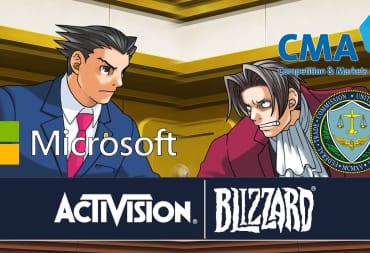This month we're looking back at genre-advancing shooters, and I decided to pay tribute to Bungie's legendary science fiction FPS. I'm talking about Marathon of course. You didn't think I was talking about Halo did you? Marathon has often been overlooked due to its initial release being limited to Macs, but more recently it has been made available for Windows and Linux as well, completely free of charge. While Halo is often credited for popularizing the regenerating health gameplay mechanic that is now predominant in big budget FPSs, Marathon is perhaps just as influential and innovative, if not more so.
Marathon came out in December of 1994, and its core gameplay is fairly similar to other FPSs that were out at the time, but it did have a few new tricks up its sleeve. As strange as this might sound, Marathon was actually pretty revolutionary because it allowed the player to aim vertically. Early FPSs like Doom only allowed the player to aim left and right. This new vertical aiming was put to good through the game's level design. While some of the levels in Marathon aren't that much different from its contemporaries, there were also many cases where the vertical element was put to good use, with enemies high up above or down below the player.
Another new feature in the game is jumping. In Marathon there is no actual jump key, but if you run off an edge your character will make a tiny hop, allowing small gaps to be cleared. For players who find that this tiny hop isn't satisfying enough, the game also has grenade jumping. As the name suggests, it involved throwing grenades at your feet and letting the blast carry you off the ground. While not actually necessary to complete the single player campaign, grenade jumping can be used to reach some secret areas that are otherwise unreachable, at the cost of a little bit of your health. Grenade jumping is certainly the precursor to rocket jumping, which would show up in later FPSs like Quake.
Of course the heart and soul of any old school FPS is the weapon selection. At first glance, Marathon has a decent selection, but nothing too mind-blowing. It has some of the standard FPS weapons like pistols and rifles, and a few interesting ones like the backpack napalm unit, which is your flamethrower. But in its weapons, Marathon has another innovation for us. Almost every weapon in the game has a secondary fire. The assault rifle can shoot grenades as its secondary fire, for example. This makes each weapon more versatile, and increases the player's tactical options. Later games like Unreal and Resistance would follow Marathon's lead and include alternate fire for weapons as well.
While other advancements like vertical aiming or secondary fire were pushing forward the core FPS gameplay, Marathon also introduced puzzles, which exist to give the player a break from the shooting. While Half-Life is considered to be the "thinking man's shooter" thanks to its puzzles, Marathon was already experimenting with puzzles in an FPS a few years earlier. Unfortunately, I can't say it was entirely successful. The puzzle I have the clearest memory of is incredibly frustrating, and in fact that's why I remember it so well.
Despite the hair pulling frustration with that section, it was just one small part of an otherwise fantastic game. The other puzzles are not nearly as frustrating, but I can't really say they are very challenging or memorable either. Marathon's attempts at introducing puzzles to the FPS formula largely falls flat. It would be the task of future games to take the idea of puzzles in an FPS and perfect it.
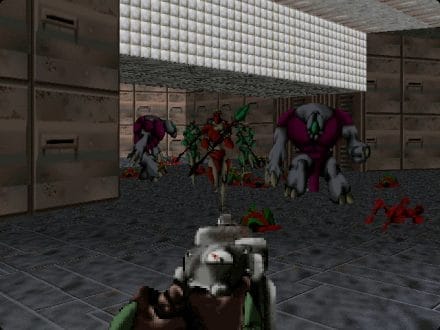
Perhaps one of the most groundbreaking aspects of Marathon was its storytelling. FPSs at the time generally kept the plot limited to some brief text in between chapters, if they even had that much. Marathon was packed with a lot more story than its contemporaries. Levels contained numerous terminals, which could be accessed by the player. Perhaps most interesting is that many of the terminal entries are direct messages from AIs aboard the ship, and they aren't always trustworthy. By reading these entries from both reliable and unreliable sources, the player could gradually piece together what is going on.
The incredible effort put into Marathon's storytelling was a sign of things to come. Now its common for game developers to pack a lot of storytelling into their games, through various methods. While fully acted and voiced cutscenes are common, they certainly aren't the only method of storytelling. Many games still use text scattered about the game world to tell all or a portion of the story, which is not too different from how Marathon told its story.
Because of its many gameplay innovations, and its impressive storytelling, Marathon is a true genre-advancing title that paved the way for many games to follow. It's a shame it is largely forgotten today, despite its incredible achievements.
Have a tip, or want to point out something we missed? Leave a Comment or e-mail us at tips@techraptor.net
